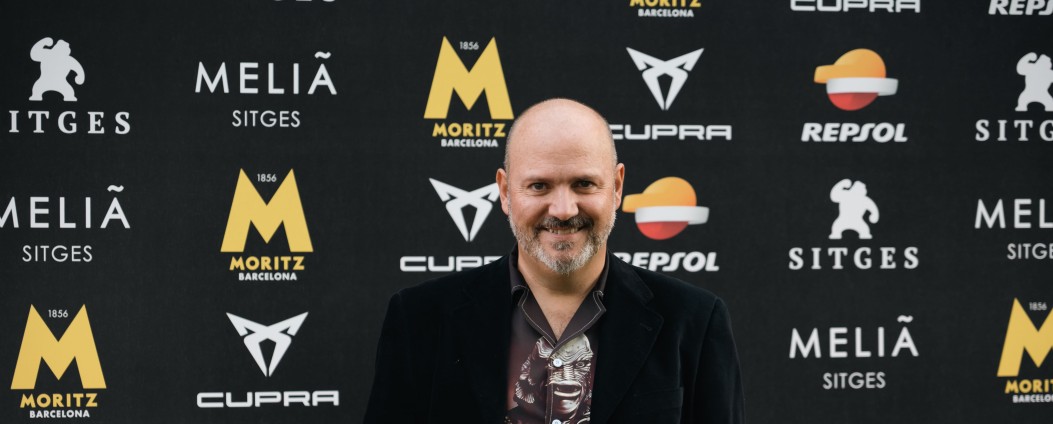
Let's call him Paul [Naschy]
03 Apr 2025
Reading 3 min.
In Sitges, we call Jacinto Molina by the name Paul Naschy. Under this name (that of one of the great totems of Spanish horror), we present one of the most prestigious awards in our festival lineup every year. As we invoke his memory, a flood of titles overtakes us—full of possessions, witches, bloodthirsty criminals, and, of course, werewolves. An army of creatures of the night to accompany us, forevermore, through those sleepless hours.
Taking advantage of the theatrical release of Call me Paul by Víctor Matellano (after its screening at the 57th edition of our Festival), we reached out to the director… and took full advantage of his kindness and cinephile passion to help us bring some order to one of the richest filmographies in Spanish cinema. The challenge, as a curator, is easy to describe (basically, first choose a representative title for each of the endless roles Naschy took on in the film industry; then, select key moments in this artist’s life), but, as we’ve said, it becomes tricky due to the sheer volume of work on this extraordinary figure’s résumé.
Luckily, we’re in the hands of one of the great connoisseurs on the subject. So all that’s left is to grab your notebook and pen, because after this brief but intense encounter, there’s a lot of homework ahead:
Champion a Paul Naschy film as…
Actor
Exorcismo. Paul Naschy plays Father Adrián, an exorcist. And in this case, the actor takes on a role that is neither monstrous nor villainous, but rather on the side of good—something unusual for Naschy. It’s a part he embraces, delivering a performance that is both restrained and powerful, in a story filled with memorable moments.
Director
El huerto del Francés. I consider it not only one of Paul Naschy’s best films, but also one of the finest docudramas in Spanish cinema. The adventures of a Spanish psycho killer and his accomplice—a kind of local Burke and Hare—are told with dramatic precision and visuals reminiscent of the paintings of Romero de Torres and Gutiérrez Solana.
Screenwriter
Rojo sangre. A very interesting script for a film that, along with El aullido del diablo, serves as a statement of principles from Molina/Naschy about his experiences in the film profession, and a reflection on how the industry operates. Using the myth of Faust as its central element, it boldly presents a cynical and bloody parody of the Goya Awards—here transformed into the gala of the Murillo statuettes.
Producer
La bestia y la espada mágica. When Naschy set out to produce his own films, he provided them with all the necessary resources, especially in terms of atmosphere and setting, ensuring they were full of dignity and rigor. In this adventurous fantasy, he arranged a shoot in Japan to combine elements of Arthurian legend with traditional Japanese culture.
A moment that defines Paul Naschy as a professional
Crying in frustration during the shoot of La furia del hombre lobo, upon seeing how the script and his character were being ruined. He always took his work very seriously, and for him, the fantasy genre was a form of religion.
A moment that defines Paul Naschy as a person
Regarding his colleagues, when he was a producer, he would often hire professionals who were going through hard times. And regarding the public, the generosity and emotion with which he greeted everyone who approached him during his last visit to the Sitges Festival.
A personal moment of Víctor Matellano with Paul Naschy
Two werewolves. When I was young, I had the great pleasure of watching his films with him, sitting together in his living room—especially El retorno del hombre lobo. And the unforgettable moment of witnessing the makeup session during the shoot of Licántropo: when he looked in the mirror and growled, he was already the werewolf.
Previous content
Cetacean Sounds